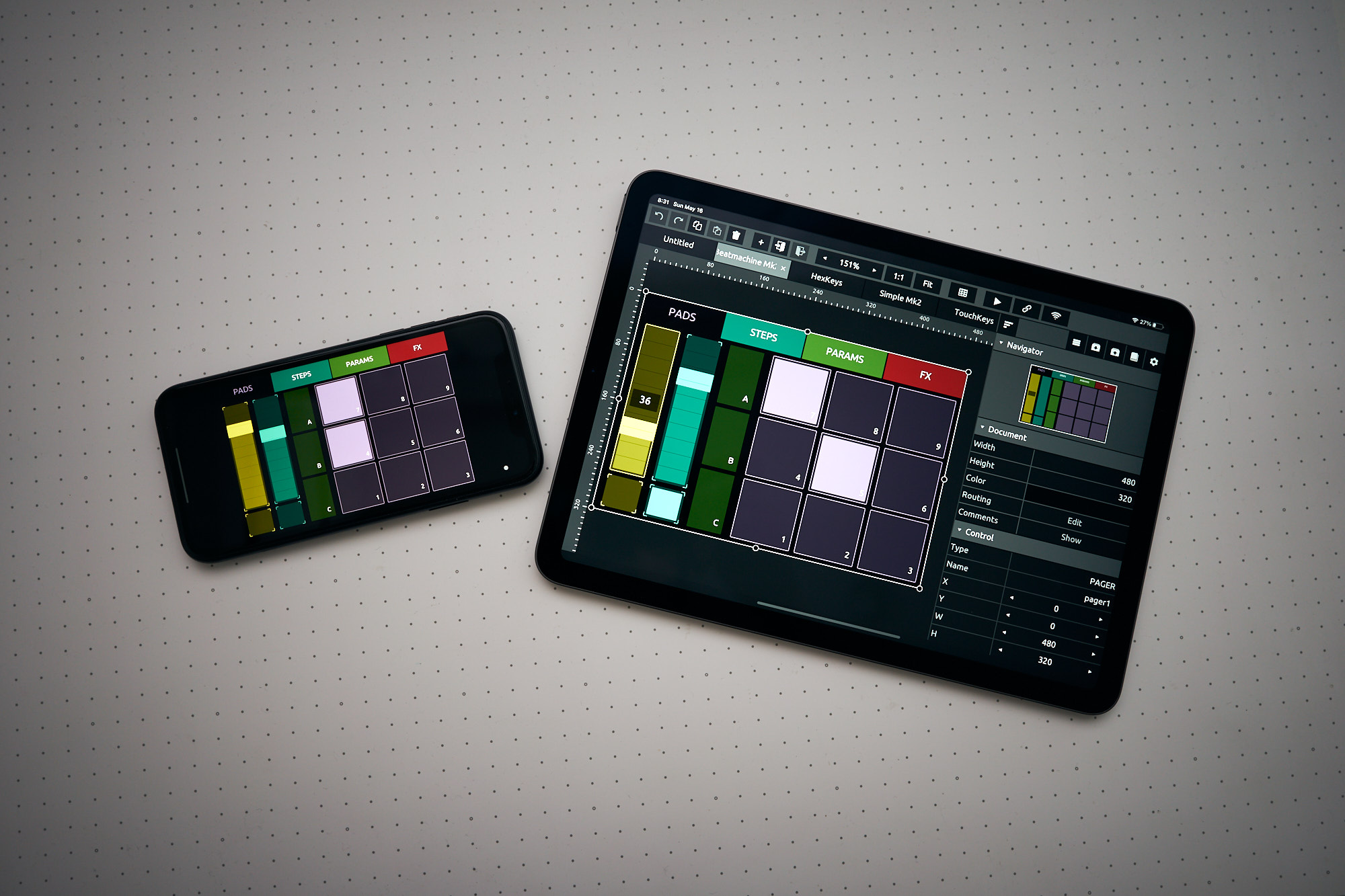

So this week I've created a 16 step sequencer / arpeggiator using quad>hall. Choosing the algorithm template, managing the modulation sources and destinations, setting up controls like the soft row, pedals & external modulators and often working within the limitations of the unit and thinking about ways to work around and exploit these.

Once you know what you want to achieve, how do you go about setting it up. Then on the PCM8x for example you need to choose an algorithm template that would best suit your requirements for 'adjuncts', ie do you build a circular delay on CHORUS+RVB so you can use voice 4-6 to add a chorus in parallel or do you build it on M-BAND+RVB so you can use the filters and diffusion in the feedback path? If you want to 'build' any effect from scratch you must know what building blocks are required. For this a deep understanding of how effects are made is required and this takes a long time, experimentation and a critical ear. The first step is UNDERSTANDING what you're trying to set out to achieve. Also that might take 5-15 minutes total if you have used the unit for a while and are familiar with it. For me making a new preset is a three step process, the last and easiest by far is twidling the knobs on the machine, viewing the little blue screen. However, things need to be put into perspective. Wish I'd had a computer editor to do that a bit quicker.

I spent 10 minutes the other day entering in 36 pivot points for pitch voices the other day for a new preset I'll be posting soon. Making one for PCM8x would be very difficult as the sysex strings change per algorithm, ie the sysex command to change reverb diffusion on concert hall is different to quad>hall. Not likely going to happen - minimal financial incentive for anyone who would want to do it.


 0 kommentar(er)
0 kommentar(er)
